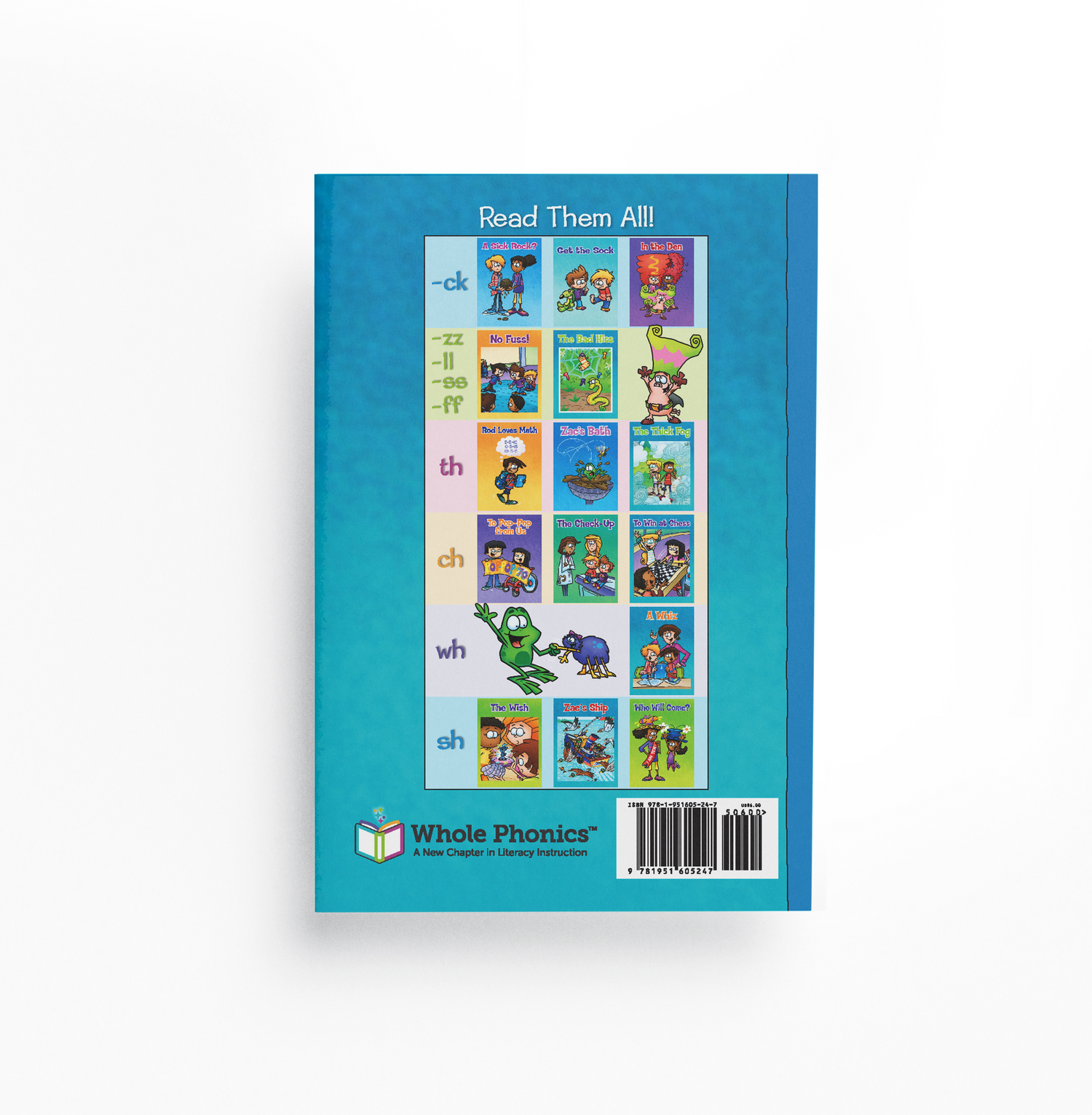
Level Two is a spectacular place to be within the Whole Phonics scope and sequence! Children who are ready for Level Two have mastered their consonant sounds and all five short vowel sounds. Next up: digraphs! Digraphs are two letters that make one sound. This is the first time children have been introduced to the idea that groups of letters can work together to make one sound. This concept is important for children to master to move through Level Two and to become skilled readers.
In Level Two of Whole Phonics, we cover -ck, double letters (-zz, -ll, -ff, -ss), th, ch, wh, and sh. Because this is the first moment where we begin to teach children to look at groups of letters versus individual letters, we have dedicated 15 decodable books to this essential phonics concept.
On average, we offer three decodable books per skill with the exception of double letters (-zz, -ll, -ff, -ss) and wh. There are two books that cover double letters and one book for the digraph wh, since these tend to be the least challenging digraphs for children to decode. Additionally, the story companion workbooks provide a place for children to practice reading and spelling, including the new high frequency words. There are five Story Companion workbooks dedicated to digraphs. Our Story Companion workbook pages are closely intertwined with the plot of the books, so be sure to add these to your lesson. For a little extra fun, our workbooks also include two to three games dedicated to each Level Two book! Each of our levels are color coded to improve classroom and home organization - all of our level two books have blue spines!
Meet Some of Our Level Two Characters
-
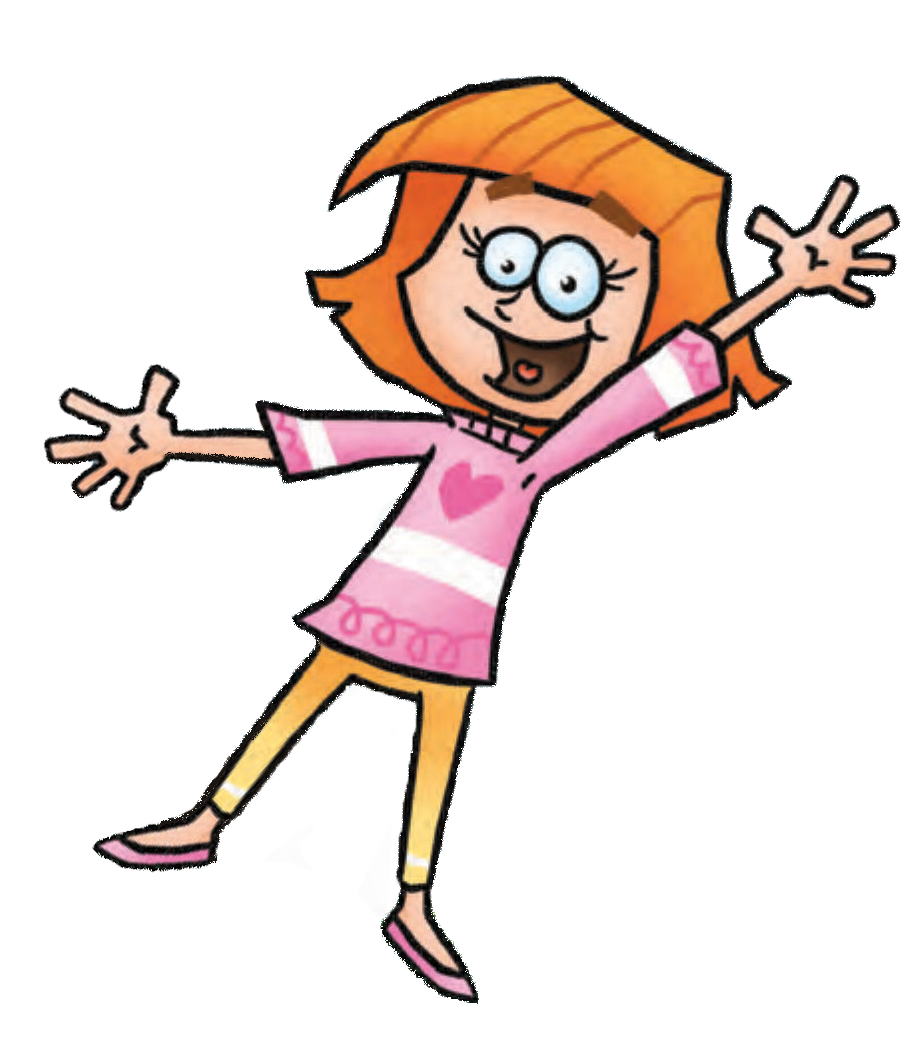
Liz
-
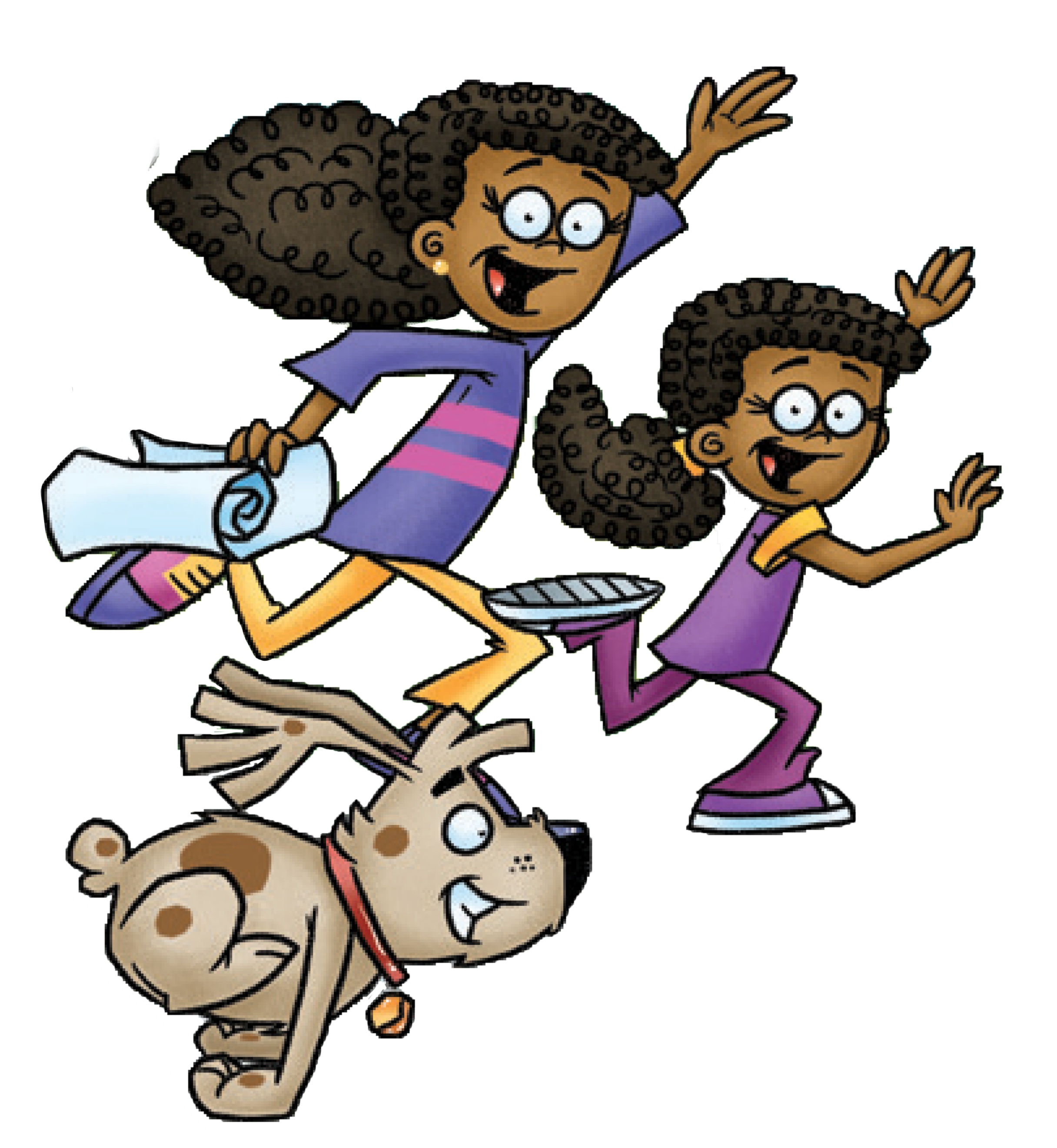
Meg and Ann
-
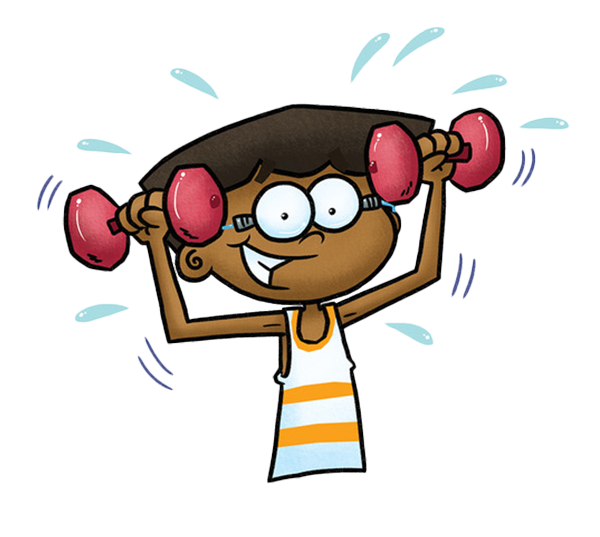
Gus
-
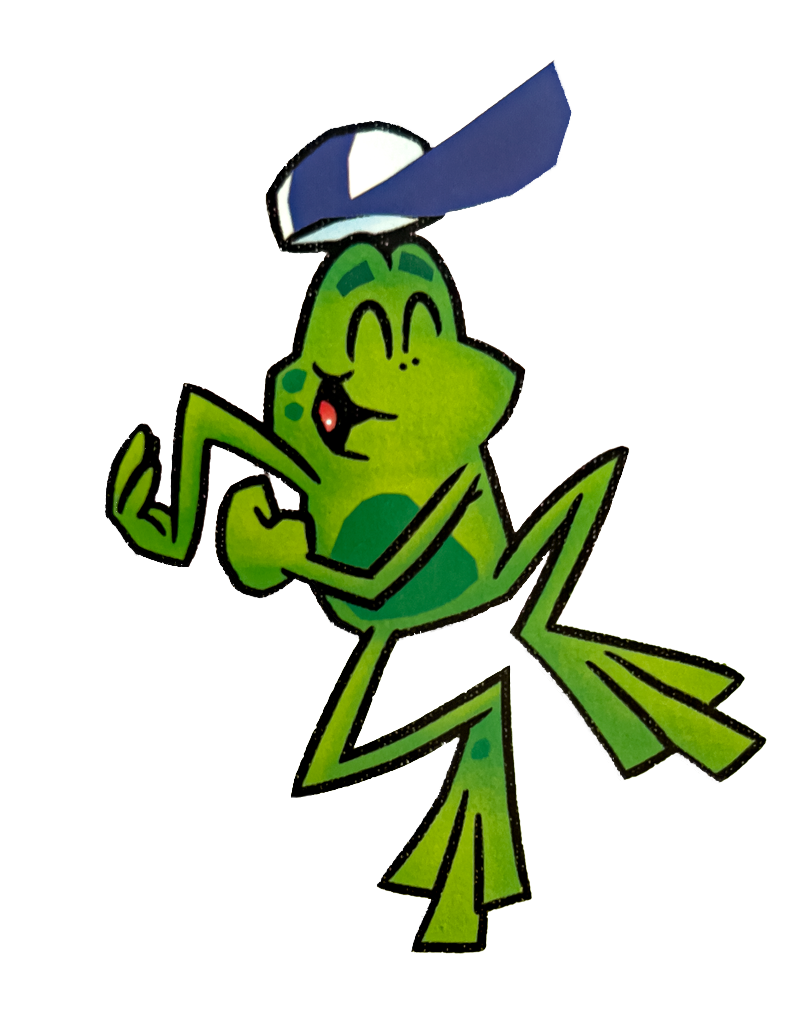
Zac
-
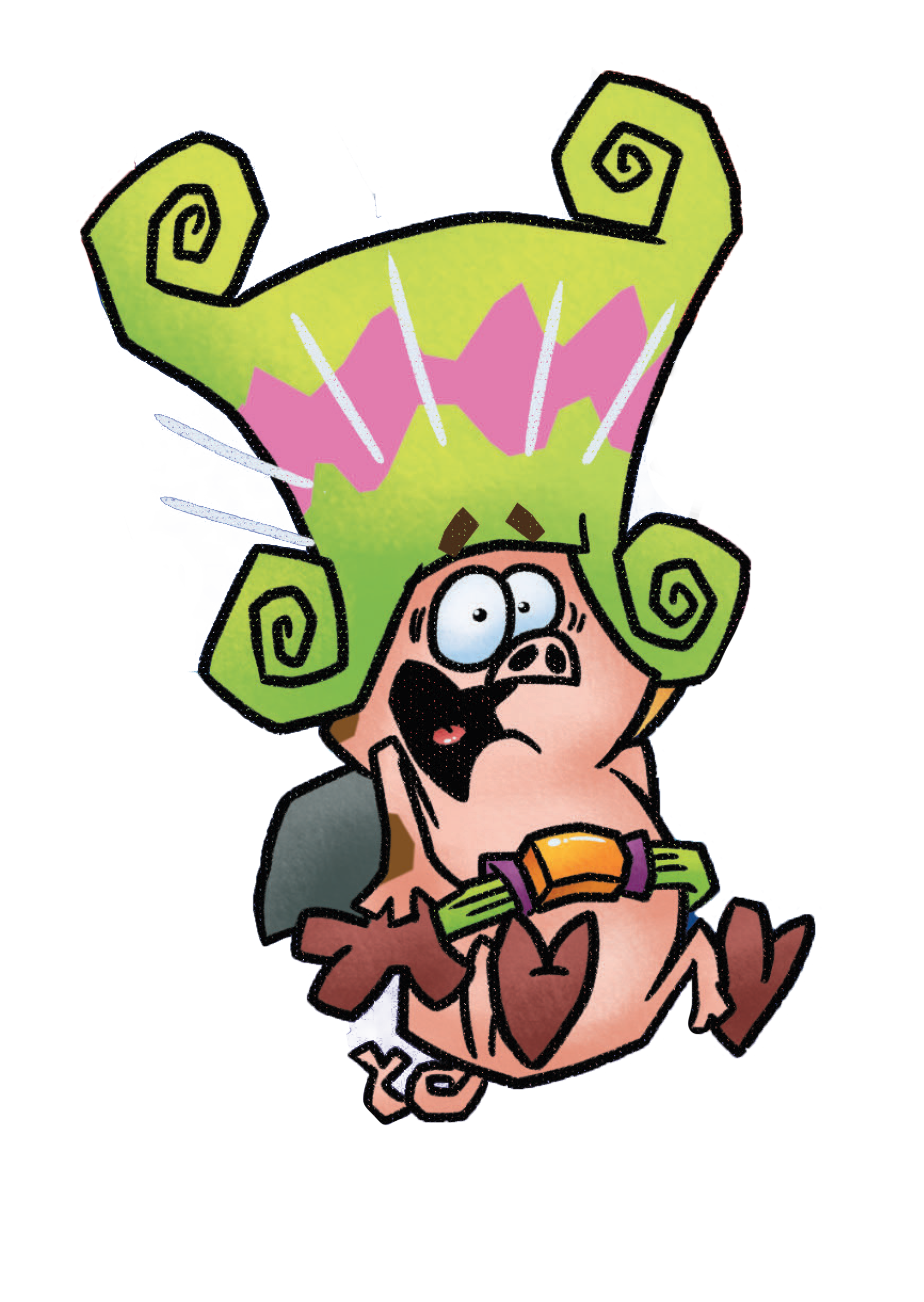
Tim
-
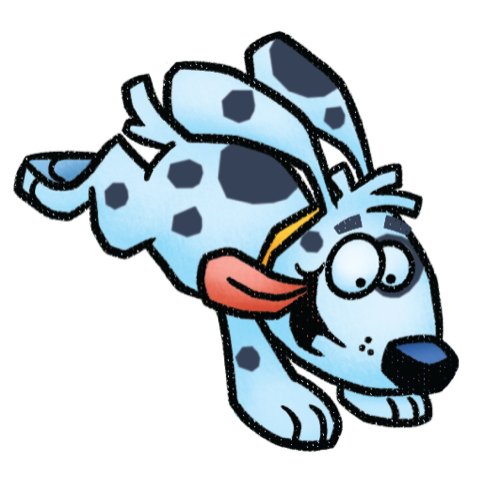
Bud
The Level Two Decodable Books
Each decodable book has a target sound (like ch or sh) that is emphasized throughout the book to provide students with ample practice reading that new sound in context. Our program is also cumulative, and all previously introduced skills are revisited. So, if you select an “sh” decodable book (from unit 5), be sure that students have learned and can decode words with -ck, -zz, -ll, -ff, -ss, th, ch, and wh (from units 1 to 4).
We introduce one to three “high-frequency words” per book, some of which are temporarily irregular while others are not. We have chosen our high-frequency words according to their frequency of use. Special vocabulary words have also been selected for each book to ensure that children have the opportunity to preview and learn words that may be unfamiliar to them.
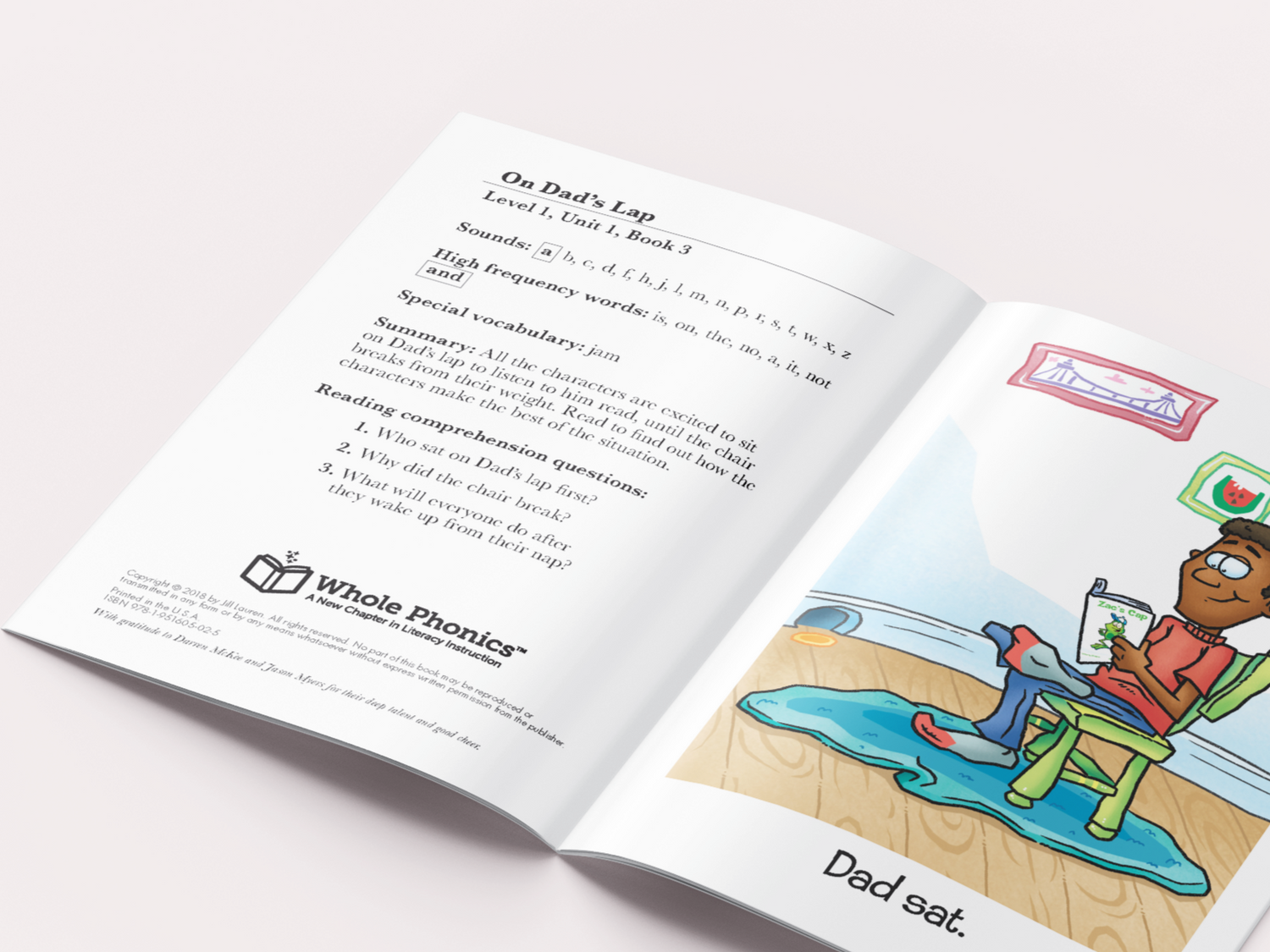
Lastly, each decodable book includes three reading comprehension questions that range from factual to analytical. A factual question will provide insight into a student's ability to recall details from the text, like “What are Chan and Min planning?” An analytical question requires students to think beyond the text and will likely elicit different responses. For example, an analytical question may ask, “What do you like to eat at a party?”
For your convenience, the sounds, high frequency words, special vocabulary, and comprehension questions can be found on the front inside cover of each book (note: new sounds and high frequency words will be boxed and bolded).
The Level Two Workbooks
We offer three types of workbooks:
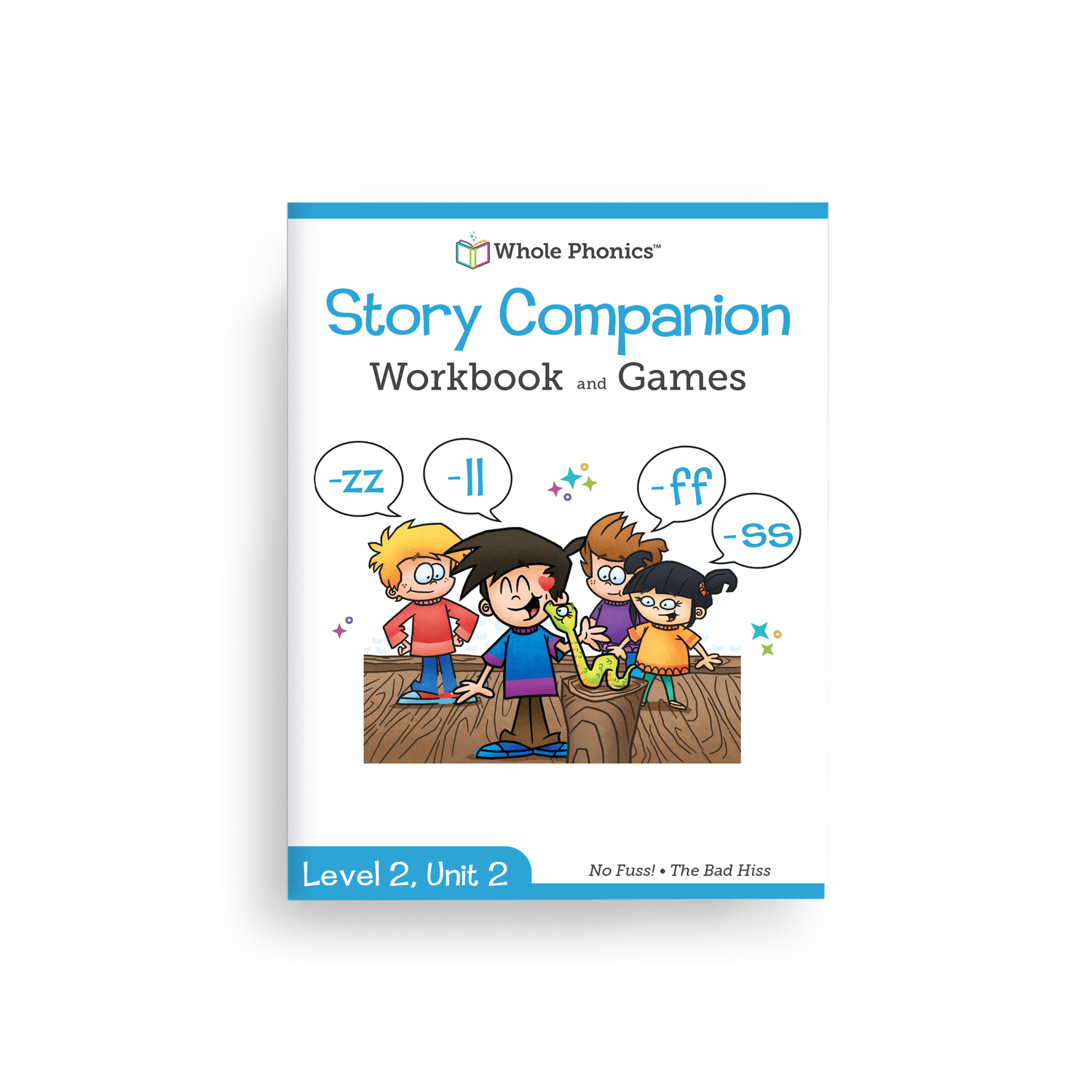
Story Companion Workbook and Games
Each book has dedicated workbook pages that practice decoding, encoding, and reading comprehension. Practice activities for high frequency words are also included. One game accompanies each book.
Who is Level Two for?
Decodable books offer a wonderful way to practice specific phonics skills and build reading fluency in the context of full length books. Our decodable books and workbooks are designed for instructional purposes, whether in the classroom or at home, for additional practice. Similarly, the abundance of workbook activities supports meaningful practice at home or at school. Teachers, the workbook pages can also be used in centers, for independent work, or sent home for homework.
References
Moats, L, & Tolman, C (2009). Spellography for Teachers: How English Spelling Works

Why are there 2 books for -zz -ll, -ff, -ss and 1 book for wh, but 3 for others?
The h-digraphs (th, ch, sh) make a completely new sound and children can not use previous letter-sound correspondences to determine the correct sound. However, of the digraphs, -zz -ll -ff -ss and wh, tend to be the easiest for children to decode. As such, reading words with these phonics patterns (-zz, -ll, -ff, -ss and wh) tend to come more naturally to most beginning readers, so we dedicate fewer decodable books to these skills. However, remembering the spelling rule for these two concepts (-zz, -ll, -ff, -ss and wh) can be quite a challenge, so be sure to spend ample time spelling with these new patterns!






